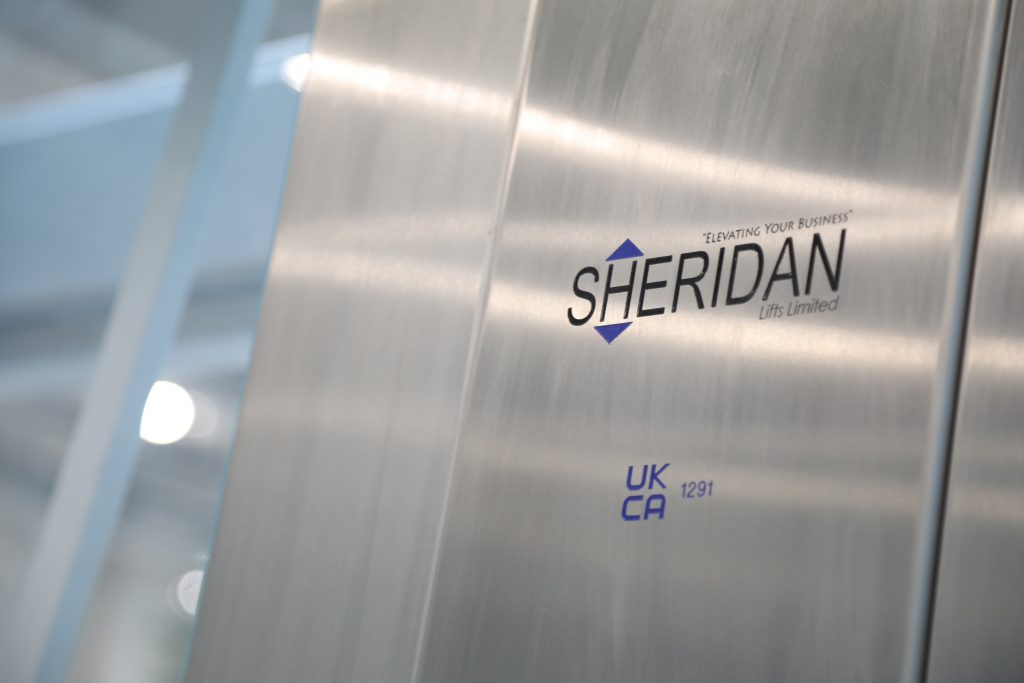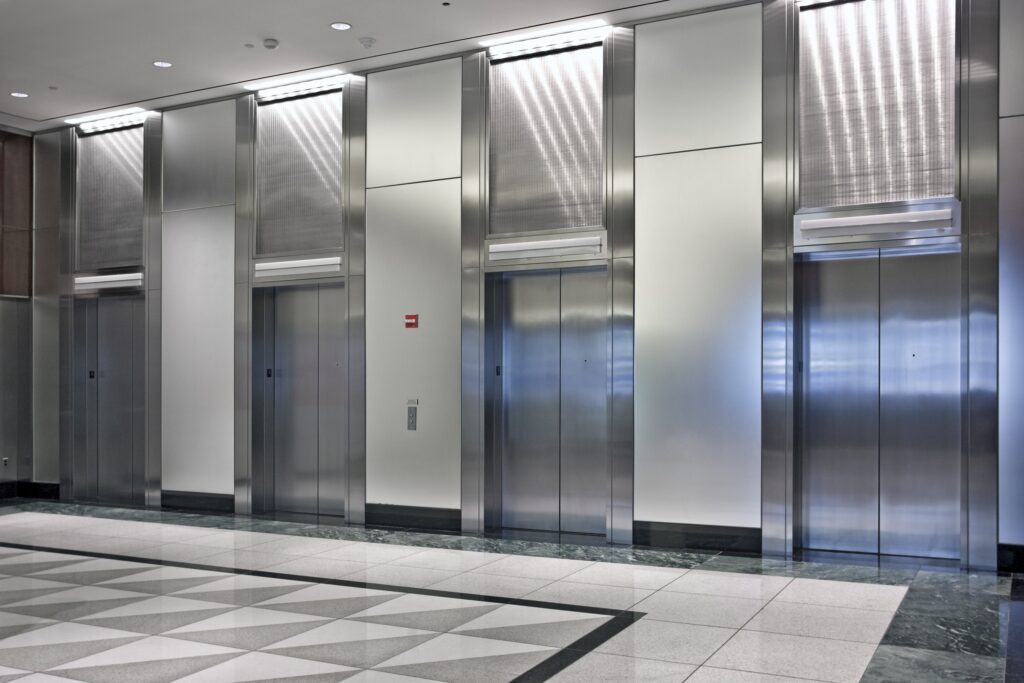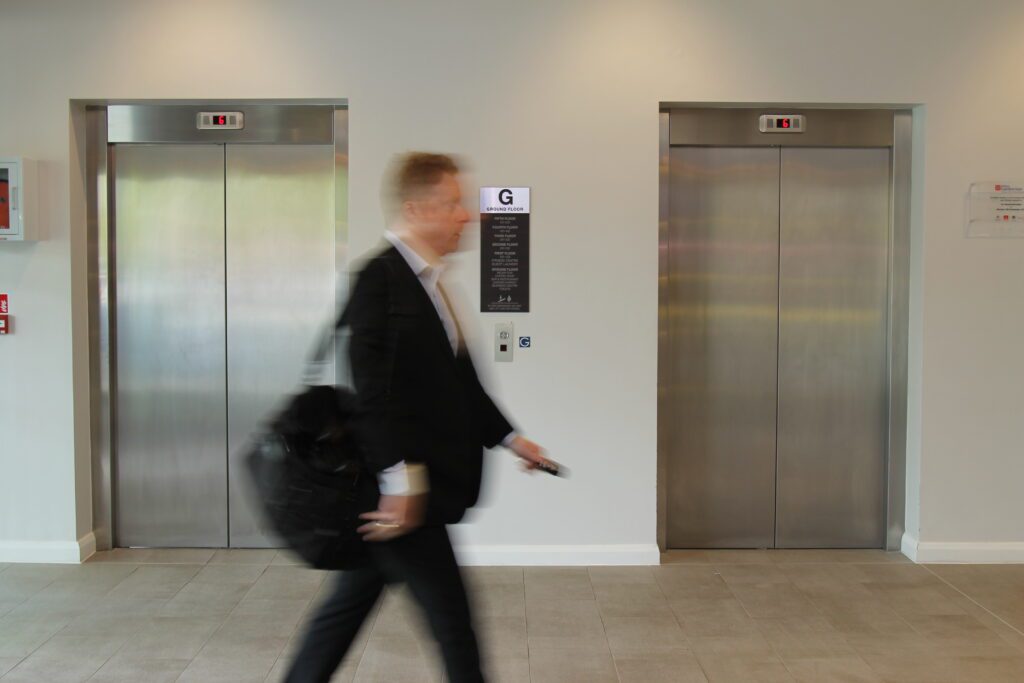It is crucial not to underestimate how many people have a disability of some kind that negatively impacts their day-to-day life and even their ability to work.
How widespread is the problem? According to the online resource Forward Into Health, more than 10 million people are registered as disabled in the UK.
Meanwhile, Global Health & Pharma Magazine (GHP) reports that, worldwide, “every 1 in 7 people has some form of disability.”
It is also important to remember that even people who were not born with a disability can acquire one at some point in later life — for example, due to any of the following unfortunate incidents:
- Accident
- Illness
- Trauma
- Shock
- Natural disaster
The takeaway from all of this is that disabilities are more common than you might have originally assumed — and that whether you are looking to recruit new staff from the UK or abroad, you must account for potential accessibility issues.
You might already be able to think of several strategies you could pursue in attempts to overcome accessibility challenges. For example, you could:
- Keep parking spaces close to the building‘s entrance
- Create step-free access to the premises
- Have automatic doors fitted
- Add braille to doors and signage
However, perhaps one of the first things you thought of was having new lifts installed with accessibility in mind — and it could be a great source of comfort for you that we offer a wide range of lifts for workplace accessibility.

What is workplace accessibility?
The government-funded public body Acas (Advisory, Conciliation and Arbitration Service) explains: “Accessibility at work is about removing barriers to make sure nobody is excluded from taking an active part in working life.”
Those barriers can, of course, include physical aspects of the workplace. For this reason, you can ease workplace accessibility through such measures as:
- Lowering the reception desk
- Providing step-free access solutions, like ramps
- Making doorways wider to facilitate wheelchair access
- Repositioning the likes of door handles and light switches
Still, not all barriers to workplace accessibility are physical. You could also lend your workers greater flexibility by:
- Offering alternative working options, such as hybrid working
- Giving staff everything they need for remote working
- Providing access to meetings held outside of the usual workplace
- Running training courses online rather than just in person
If you haven’t worked with many people you knew to have disabilities, this could be because your current workplace accessibility practices are lacking — and have prevented you from hiring or keeping many disabled workers.
Many people who do have disabilities are treated differently as a matter of course — and, as a result, are left feeling as though they have been dealt an unfair hand.
The workplace is a good place to start in ensuring that disabled people are ultimately handed the same opportunities as everyone else.
Importance of workplace accessibility in the UK
Bolstering and safeguarding workplace accessibility is not just a moral pursuit. It can also, for a start, help businesses to diversify their workforces and consequently realise the following positive outcomes:
- Increased productivity
- Boosted morale
- Easier collaboration
- Greater levels of creative thinking
- Appeal to a more diverse range of clients
Once you have utilised various means of making your workplace building accessible for members of your current team who have disabilities, you could invite other people with disabilities to apply for jobs at your company.
You could even allow these people to take a tour of the building so that they would be able to see for themselves how you have made a wide array of building features accessible. This, in turn, can foster a friendlier image for your brand.
You shouldn’t underestimate the extent to which positive word of mouth could spread about your workplace accessibility drive, potentially leading more and more people to want to work with — and even buy from — your organisation.
In essence, then, putting workplace accessibility at the forefront can give you a larger talent pool to dip into when you are looking to add to your team.
Furthermore, upon hearing that you have invested in, say, ramps, braille, and lifts for workplace accessibility purposes, potential customers or clients of your business could grow to perceive it as appealingly conscientious.
The benefits of having an inclusive workplace in the UK
Those of us who do not have any kind of disability can too easily overlook or underestimate the disadvantages faced by disabled people.
This situation can also lead us to misunderstand what accessible buildings really look like — and the extent to which they can help us to get hold of talented candidates who could otherwise have been unjustly overlooked by employers.
Disabled workers can identify with disabled customers/clients
This means that disabled workers can also more easily recognise pain points specific to this segment of your customer/client base.
These employees are thus well-positioned to identify how the buildings and services of your organisation can be adapted to improve client/customer access.
The suggestions made could include having a conventional passenger lift fitted to help customers and clients travel from floor to floor in a public building.
You can tap into a broader breadth of experience
While many members of your current team might already have years of industry-relevant experience under their belts, your company’s ability to innovate could be somewhat hindered if these people have similar backgrounds to each other.
Accessible innovation does not just benefit people with disabilities
Business Disability Forum (BDF) points out: “Solutions designed for disabled people are frequently adopted for broader use In society.”
BDF has drawn attention to examples of “technology and solutions that were originally designed for disabled people, but are now a standard part of life for everyone.” Those examples include:
- Telephone
- Screen readers
- Audiobooks
- Touchscreens
If you ask us to design a number of lifts for workplace accessibility, you could — as we help you to draw up each lift’s design — spot ways these elevator solutions would be able to ease access within buildings for anyone and everyone who uses them.

The Rights and Responsibilities of Employers and Employees in the UK
You might pursue various strategies aimed at keeping all of your employees safe when they are undertaking their work duties.
As it won’t always be immediately clear exactly how to keep those workers safe, various guidelines and regulations have been prepared — including on the subject of how to ensure high safety standards for lift usage.
Those regulations you need to heed include the Provision and Use of Work Equipment Regulations (PUWER), which require that any equipment used by employees at your workplace is:
- Suitable and safe to use for the intended purpose
- Used only by people who know how to use it
- Accompanied — if applicable — by signage, markings, and warnings
You can keep your commercial lifts PUWER compliant just by taking out a regular lift maintenance contract — like the kind we at Sheridan Lifts offer.
Meanwhile, the similar Lifting Operations and Lifting Equipment Regulations 1998 (LOLER) insist that, if you own or operate lifting equipment, it must be:
- Clearly marked with details of safe working loads
- Positioned and installed safely
- Examined thoroughly
- Inspected by competent individuals where necessary
We have engineers who regularly examine and service lifts, and produce service reports as evidence that these lifts comply with LOLER.
Then there are the Manual Handling Operations Regulations 1992 (MHOR), which advise how employees can work safely when moving goods or loads — whether the movement is made by hand or instead by using bodily force.
While the PUWER, LOLER, and MHOR regulations are all good to keep in mind when you want to use lifts for workplace accessibility, there are two other pieces of legislation that would hold even more obvious relevance in this situation…
The Equality Act 2010
If your business employs a disabled person, you must — as per the Equality Act 2010 — make sure this person will not be substantially disadvantaged when fulfilling the responsibilities of the job.
To be more specific, the Equality Act requires employers to make what it calls “reasonable adjustments” for workers who have disabilities or physical or mental health conditions. These workers covered by the Act include:
- Trainees
- Apprentices
- Contract workers
- Business partners
The “reasonable adjustments” include those pertaining to workplace accessibility, and must be made by all applicable employers across almost all sectors — the sole exception being the armed forces.
Examples of reasonable adjustments you may have to make under the Equality Act 2010 include introducing new working arrangements — such as allowing flexible working hours — and physical changes, e.g. installing lifts for workplace accessibility.
However, it is worth noting that no specific examples of reasonable adjustments are cited in the Equality Act itself.
It would therefore be advisable for you to consult the UK Building Regulations’ Approved Document M (Part M) for considerable guidance on what practical steps you should take to make the legally required reasonable adjustments.
Another point worth making is that Part M only applies in England and Wales. Nonetheless, Scotland does essentially have its own Part M that is very similar.
Penalties for non-compliance in the UK
According to the Equality Act 2010, if you fail to make “reasonable adjustments” as and when required by the legislation, you will be guilty of unlawful discrimination.
Any worker who has given rise to the legal need for reasonable adjustments as stipulated by the Act can ask you to make those changes. If you refuse, the worker in question can proceed to make a discrimination claim against you.
Be warned that if this claim is indeed made under the Equality Act, the employee can take you to an employment tribunal — where, if you are found to genuinely be guilty of workplace discrimination, you could be ordered to pay unlimited fines.
You also have to factor in that the Equality Act protects the employee right throughout their relationship with the employer.
This means that an employee can bring a claim for discrimination not only during a period of contractual employment but also afterwards, e.g. in relation to a claim of constructive dismissal.
The official UK Government website defines constructive dismissal as “when you’re forced to leave your job against your will because of your employer’s conduct.”
Hence, if your failure to make reasonable adjustments as required under the Equality Act results in the employee struggling so much in the job that they practically need to leave it, this could be an instance of constructive dismissal.
To minimise the risk of yourself incurring legal challenges like these, you should take a no-tolerance approach to any threat of discrimination in your workplace.
How to improve workplace accessibility in your business
Successfully injecting higher levels of accessibility into your workplace setup can require a lot of forward planning.
For example, you have a lot to think about before you start buying lifts for workplace accessibility. However, below are just a few useful pointers for how your organisation can stay on the right course when it comes to accessibility.
Conduct an accessibility audit
The objective of a workplace accessibility audit is to take into account how easily anyone entitled to access the building can actually do so.
You should therefore consider not only such amenities as parking spaces and toilets but also signage and reception areas as well as approaches to buildings.
Create an accessibility policy
In your case, this should entail drawing up detailed guidance for what workers should and shouldn’t do In any buildings forming part of your corporate premises.
It is crucial that each employee remembers this accessibility policy and abides by it. The policy could cover how to use lifts for workplace accessibility.
Train staff
What is the essence of your company? Ultimately, its workforce. For this reason, you should train your non-disabled workers in how to behave both sensitively and respectfully towards any members of the team who do have disabilities.
Alternatively, you could outsource this kind of training to a third-party organisation that specialises in providing it.
Encourage employee feedback
As different people inevitably encounter different accessibility issues, you should endeavour to foster a workplace environment where workers feel comfortable with letting you know what their own accessibility challenges are.
You could find that you are able to achieve this by initially being proactive, such as by holding a formal group where your disabled workers can raise concerns.

Lifts for workplace accessibility in the UK
There are many different types of commercial lift from which you can choose for your workplace. However, certain types are built specially to bolster accessibility. Detailed below are examples of particularly apt lifts for workplace accessibility.
Types of lifts
Many of the lifts you could be particularly considering at the moment fall into the category of what are called ‘access lifts’. However, accessible lift solutions can differ depending on exactly how they are intended to improve accessibility.
Hence, if your company’s premises have many lengthy flights of stairs, you could spend on platform lifts — as these are much better than staircases at enabling people to journey safely between floors.
Where the building has shorter flights of steps that would remain difficult for mobility-impaired individuals to ascend or descend, you could add step lifts — some models of which are able to carry passengers as far as three metres.
It is even possible to have an accessible lift installed in an open-air setting. Just look at outdoor platform lifts, which can be added to exteriors of buildings if they are usually accessed via stairs that many disabled people could struggle to use.
How Sheridan Lifts can help improve accessibility for your business
Even if you are starting practically from a clean slate on the workplace accessibility front, you should keep in mind that engineers from Sheridan Lifts can travel up and down the UK to expertly install lifts for workplace accessibility.
Yes, we have nationwide coverage with our lift installation services — and, as highly experienced suppliers of lifts, we can discuss numerous accessible lift options at length with you so that you can more easily reach an informed decision.
The ‘best’ lift for your needs could depend very much on where that lift will be put in place. To help Illustrate this point, high-speed elevators can be best for tall buildings, while scenic lifts can make dour buildings look classier.
It’s easy to assume that fitting out a building with accessibility features must be an expensive project. However, with our lift leasing services, you can get a lift installed while paying for it in instalments to spare yourself high upfront costs.
We are also adept at modernising existing lifts to bring them up to date with the latest safety standards. Furthermore, in many parts of the UK, including the North West England and South East England regions, we can repair lifts at short notice.
You can choose from a range of methods for getting in touch with our lift specialists — especially as we have offices in Manchester and Watford.
We are primed to help a multitude of UK businesses — including in the hospitality, retail, industrial, and medical sectors — with meeting and even surpassing their workplace accessibility requirements.